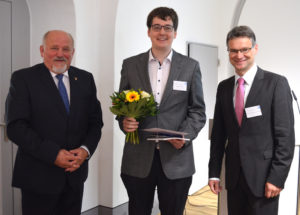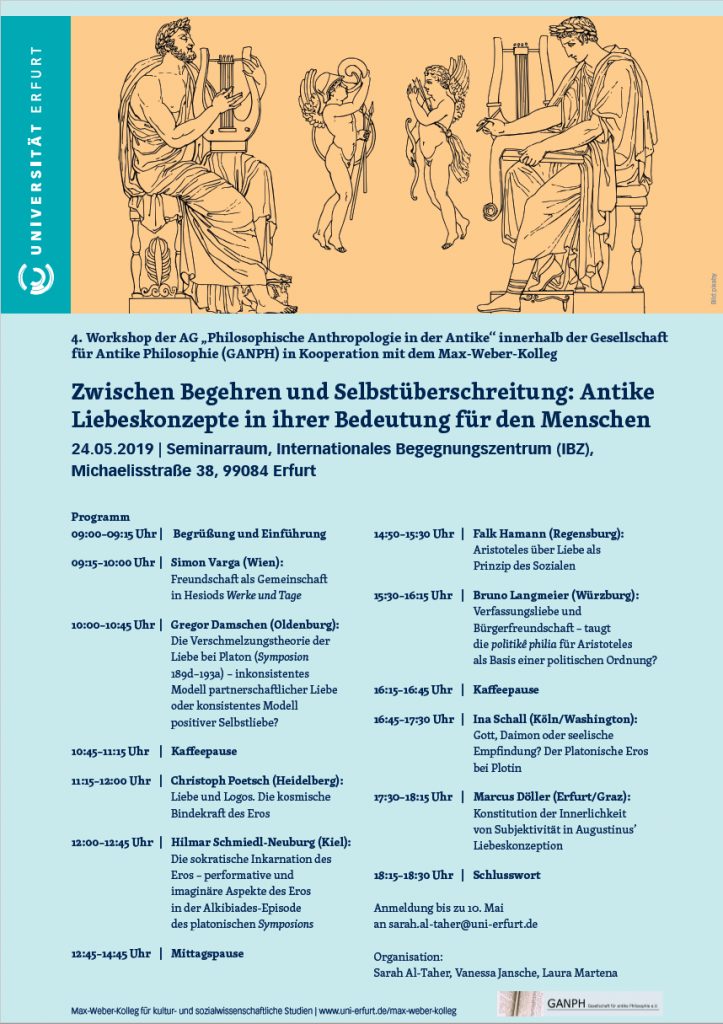When Georg Simmel authored The
Metropolis and Mental Life in 1903, urbanization was spurred by fossils
fuels and metropolises were about to become one of the most prominent man-made
features of the planet.
The relationship between metropolis and modernity was such that the former was
seen and the crucial ‘site of intensification’ of the former. Nevertheless, this
paper sets out to show that the general question posed by Simmel’s famous Dresden
lecture, that is, ‘how the personality’ of a city-dweller ‘accommodates itself
in the adjustments to [the] external forces’ of a vast and dense city-space,
can be profitably referred back onto the life of some urban populations of past
agrarian societies. More specifically, the paper argues that, unlike small
towns and more radically than other large centers, the megacity of imperial Rome
was liable to produce what Simmel calls the ‘psychological basis of the
metropolitan type of individuality’ and relates to the massive ‘intensification
of nervous stimulation which results from the swift and uninterrupted change of
outer and inner stimuli’. The paper
aims to sketchily investigate the ‘amount of consciousness’ that the imperial
city of Rome required from a Christ-believing intellectual, Justin of Neapolis,
who settled in Rome by the mid-2nd century and mainly dedicated himself to
teaching classes of Christian doctrine and mapping other Christians’
misbelieves and misdeeds: lecturing on truth and cataloguing heresies. How did Justin psychically and behaviorallyreact to metropolitan phenomena such as
the serial accumulation and spatial distribution of religious knowledge,
dissemination of religious freelancing, multiplication and scattering of
religiously motivated meetings, overstimulation from claims, messages, and
experiences-deemed-religious? Following Simmel’s heuristic track, the paper examines
the way Justin’s ‘personality’ made it to accommodate to the ‘external forces’
of the city of Rome. More specifically, it looks at how this ‘intellectually
sophisticated’ personality ‘branche[d]’ out in three intertwined directions,
namely that of a (1) Christ believer, (2) a teacher, and a (3) ‘heresiologist,’
and coped with a city which was replete with Christ groups, supplied a multitude
of potential students, and sprouted several heresies-to-be. In the conclusion I
will push my arguments to the very limits of the sociological imagination of
Justin’s metropolitan psychic life and urban experience.



